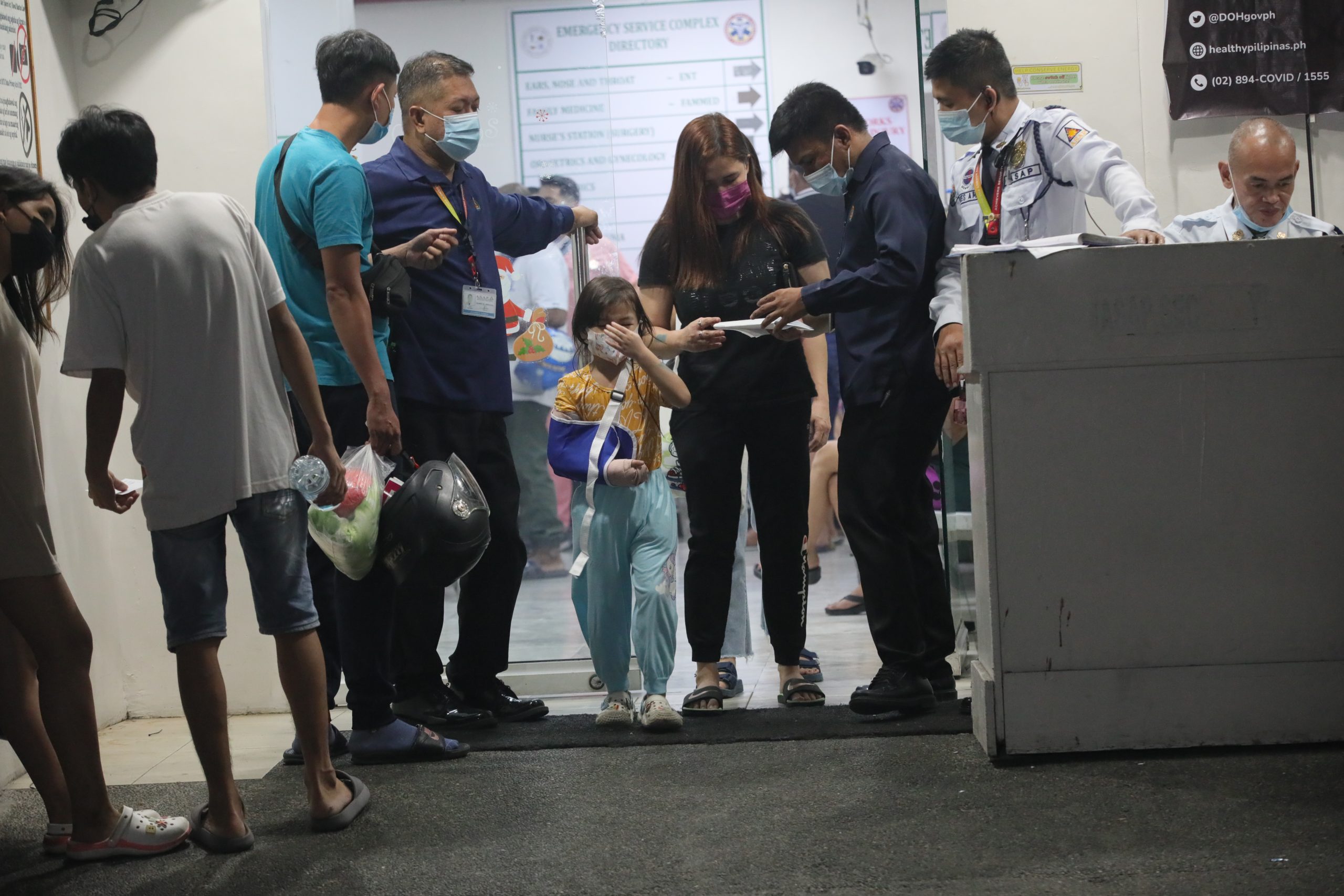
By Brian Jules Campued
The Department of Health (DOH) recorded 116 new cases of fireworks-related injuries (FWRI) from 6:00 a.m. on Sunday, Dec. 31, 2023, to 5:59 a.m. on New Year’s Day.
This brings the total number of FWRI cases to 231.
According to its latest data, the DOH also reported the youngest and the oldest cases thus far, including an 11-month old infant from the National Capital Region (NCR) who had the victim’s face and right eye burned by an illegal piccolo ignited by another person.
“We also have our oldest case, a 76/M (male) from Ilocos region injured at his right eye by a Kwitis that he lit at home,” the health department added.
Meanwhile, the DOH also logged another three cases of amputation, bringing the total to 11.
“There have been no additional reports of ingestion thus far,” the DOH likewise noted.
Of the new cases, 82 or 71% are male, in which 107 or 93% happened at home and in the streets.
“Sixty (60, 52%) were due to LEGAL fireworks. Less than half of the cases (57, 49%) had active involvement,” the DOH said in its advisory.
NCR recorded the most number of FWRI with 49% of the total cases or equivalent to 113—almost five out of every 10 cases.
It is followed by Central Luzon with 27 cases or 12% and Ilocos region with 24 or 10%.
Meanwhile, the regions with the lowest number of cases are the Davao region and Mimaropa with one each; Central Visayas, Northern Mindanao, and the Cordillera Administrative Region (CAR) logged three cases each.
“Ninety five percent (95%) happened at home and in the streets, mostly by males with active involvement,” the DOH said.
A mix of legal and illegal firecrackers caused the injuries which included Kwitis, 5-Star, Boga, Piccolo, Whistle Bomb, Pla-Pla, Luces, Fountain, and Triangle.
The health department also pointed out that “illegal fireworks are to blame for just four out of every ten cases (102, 44%), with legal fireworks causing more injuries.” –cf
